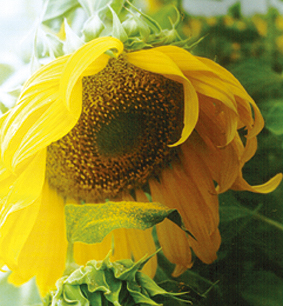|
FEEDING AND PREVENTION OF NOSEMA DISEASE? - Hidrolyzed Sugar Syrup production with Tartaric Acid to feed Bees
Pablo J. Toledo
ISDFS - Córdoba - Argentina
This work clears important doubts that have been for more than thirty years, about how to prepare the traditional sugar syrup proposed at the beginning of last century, published in "The ABC and XYZ of the Bee Culture" by Root Co.
How much percentage of hidrolyzed sugars and how much HMF takes place in the process? they find interesting answers here to discard fears and to take advantage of different alternatives.
For example, why was tartaric acid used instead of citric? This and other questions find attractive answers according to the tartaric acid properties and its possible inhibitory activity against Nosema disease.
To top
SEVERAL VETERINARY PROPOSALS FOR THE COLONY COLLAPSE DISORDER (CCD)
Mayda Verde maydaverde@yahoo.es
La Habana - Cuba

Mayda Verde, PhD published an article about the challenges that should face the state veterinary services in Espacio Apícola 75th in December 2006. One of the subtitles of that article was "Sanity as Environmental Problematic, not of the Bee."
Soon after, we were trying to give the first explanations on it was called CCD firstly in United States and very quickly in Europe on February 2007.
From her experience working on the beekeeping area of the Cuban Ministry of Agriculture, Mayda offers us an integrative perspective approaching the reality that in fact it is only one, from the environmental and global perspective and giving us a score of cares from the specificity of the beekeeping production and from her concept of the role of the State.
To top
ORGANIC CULTURE: Another Strategic Alliance for Beekeepers
Griselda Jullier
Santa Fe - Argentina
Beside the fall of the honey price for the nitrofurane crisis among 2003-2004; the soya boom and the excluding extreme implementation of direct seeding system displaced the beekeeping, once again, toward climatically critical, productively risky and socioeconomically marginal areas.
Like that begins a detailed analysis of the current Argentine Beekeeping situation, in charge of our editorial staff, making the presentation of Griselda Jullier article where the heading that she develops are the following:
The Organic production in Soya age
Santa Fe and the organic production development
Strategies for sustainable productive activities development
Understanding Stage and
Proposal
To top
|

 ARGENTINE BEEKEEPING MAGAZINE
ARGENTINE BEEKEEPING MAGAZINE

 inform@apicultura.com.ar
inform@apicultura.com.ar